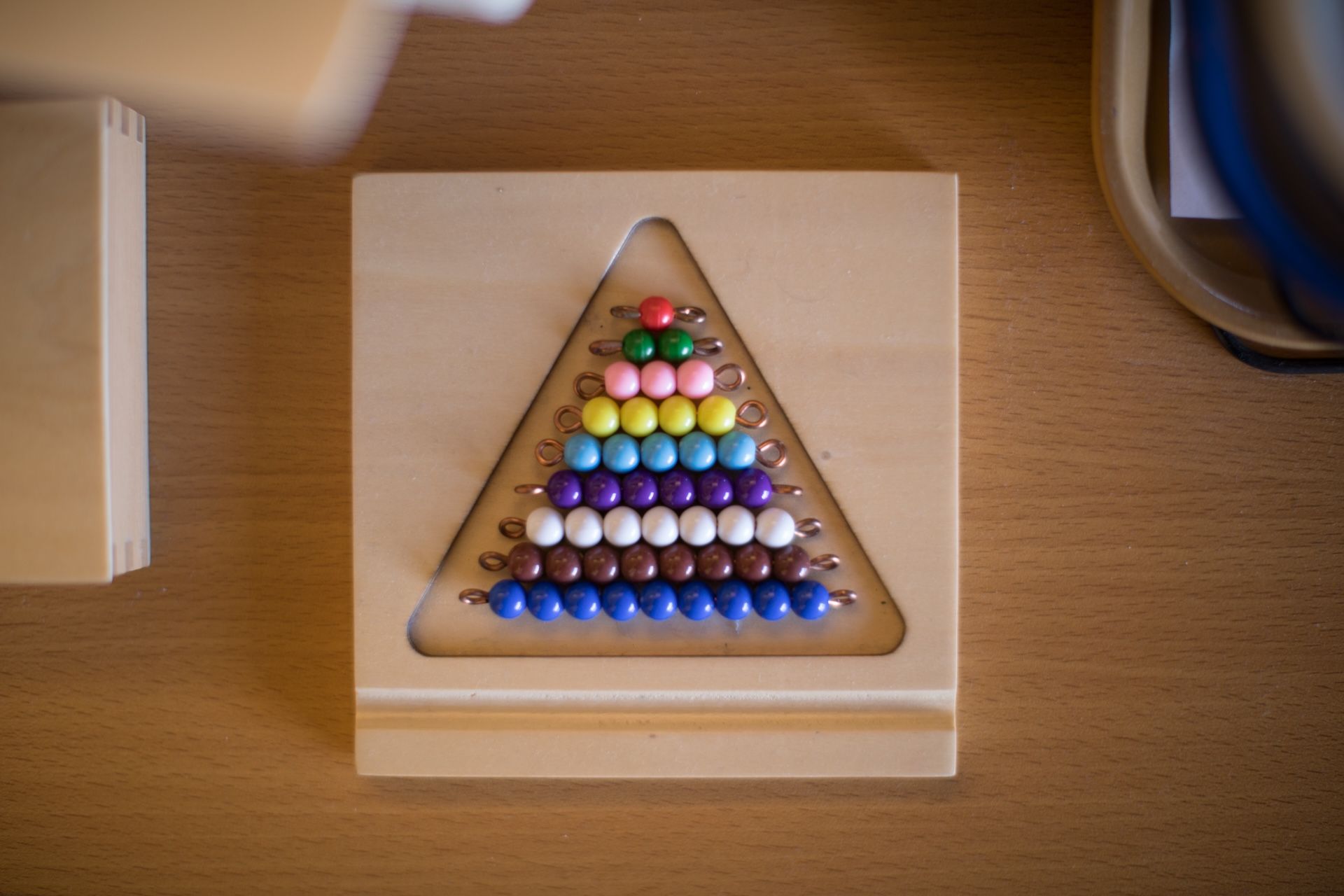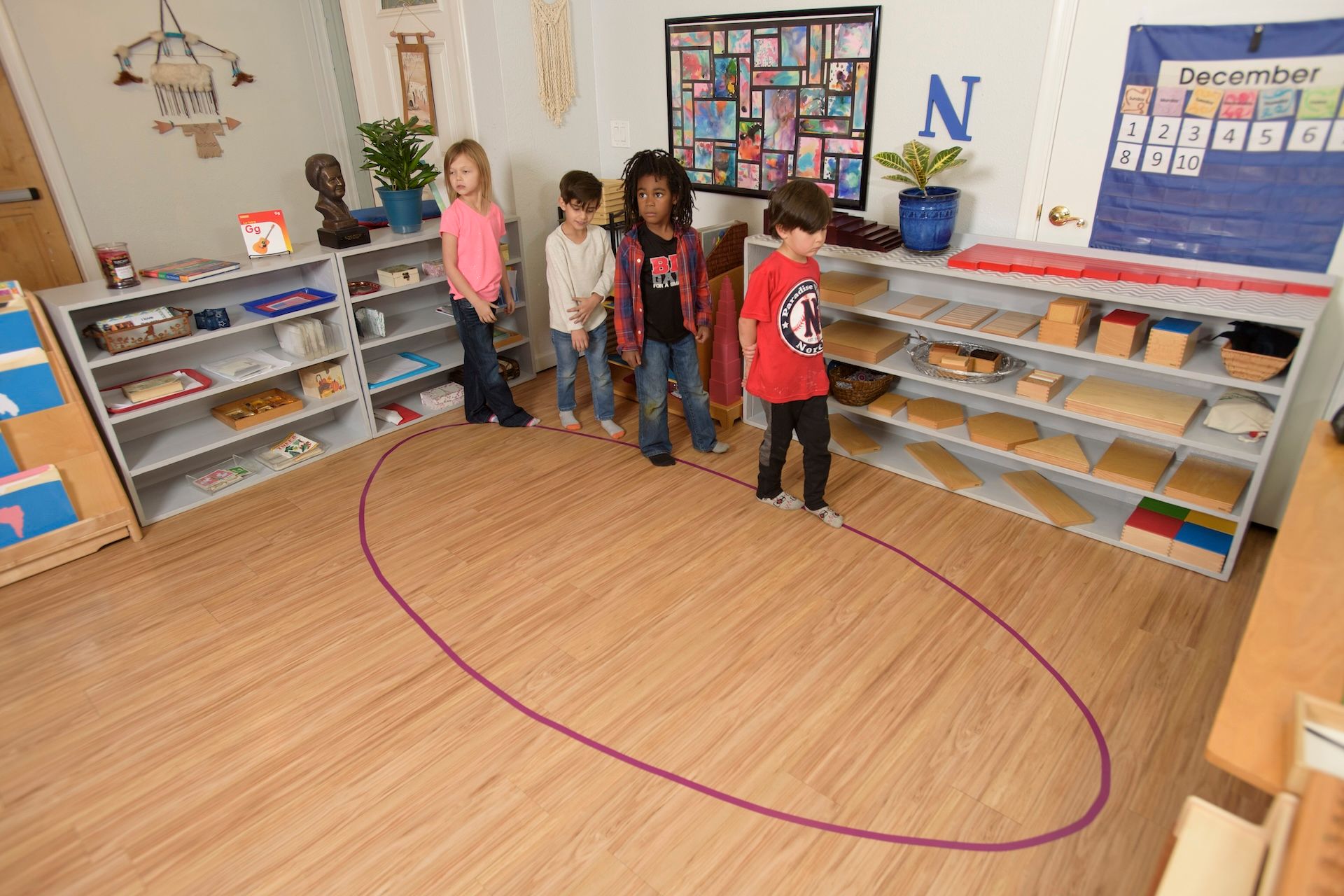By Guest Author: Rikki Motes.
In high school, I asked my teachers, “How do you decide how much homework to give?” The answer, for those who actually thought about it instead of just overloading us poor students, was always the same; students should be doing 10 minutes, per grade level, per night. How did they know this? It was just an old adage they had learned somewhere. To my inquisitive mind, this was an unacceptable answer.
So in college, when I was in my education classes, I asked the same question of my professors. “How much homework is enough?” And still, I always got the same answer. “Follow the 10 minute rule. 10 minutes, per night, per grade level.” How did they know? It was just an old adage among teachers. Even here nobody knew where the rule came from.
So I went home, and I decided to see if anyone had done any research on this old adage. It turns out that research had been done, and it immediately changed my view of homework. Research by Harris Cooper and many others all pointed to the same thing: the 10-minute rule doesn’t work, especially in elementary school. In fact, homework, in general, can hurt far more than it helps.
The Case Against Homework
Dr. Harris Cooper of Duke University performed one of the largest meta-analysis of homework in recent history. He looked over more than 120 studies and cross-checked their results. For student’s in elementary school the results overwhelmingly pointed to homework having a neutral or even negative impact on students test scores.
The reason why? Younger students simply don’t have the methods of filtering through important information that older student’s do. This means that when your student is crunching the numbers, or reading through their English work, they can’t decide what is important enough to concentrate on. They waste time on insignificant details as much as they spend it on the important facts.
What’s the end result of that misspent time? No improvement in the students’ achievement, and a potential decline in both their desire to learn and their physical activity level. That’s right, homework in elementary school is the rare, disastrous one-two punch of both mental and physical harm to a student. In her book The Case Against Homework , Sarah Bennett makes the case that “the nightly burden is taking a serious toll on America’s families. It robs children of the sleep, play, and exercise time they need for proper physical, emotional, and neurological development.”
No Homework? No Problem.
When I learned about the research on homework, it transformed my worldview. We can’t simply hand students a paper and expect them to love learning. Thankfully the Montessori method helps. Instead of burdening students with work to make them lose sleep, lose motivation, and hate school, we can use their time in the classroom to build them up. Worried that they won’t learn to sit and focus on a subject? Montessori style learning naturally teaches a student to do this. Worried that they will fall behind on tests? Montessori students perform better than their peers in math and reading.
If you want to learn more about the benefits of Montessori education and to find out if it is right for your child, then please don’t hesitate to contact Pebblecreek Montessori School at 972-908-3797.
The post Modern Myths: The Homework Dilemma appeared first on Pebblecreek Montessori.
Hours
MONDAY - FRIDAY
HALF DAY: 8:30a – 12 noon
ACADEMIC DAY: 8:30a – 3:30p
EARLY CARE: 7:00a – 8:30a
AFTER CARE: 3:30p – 6:00p
OFFICE: 8:00a - 4:00p
Programs
Connect
Pebblecreek Montessori




